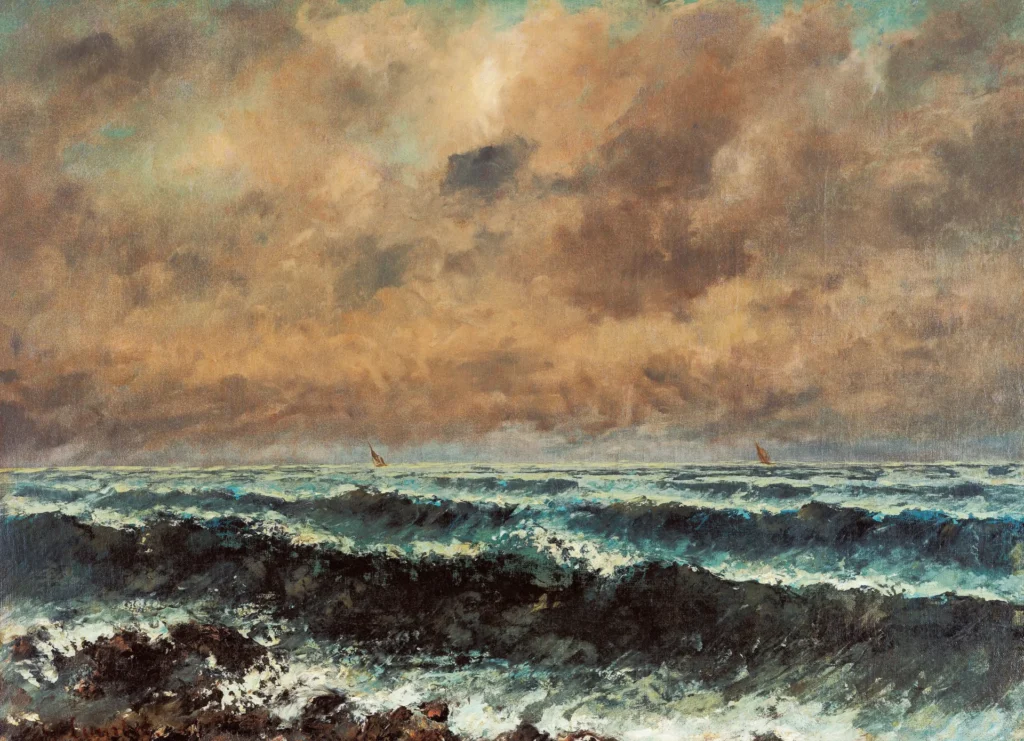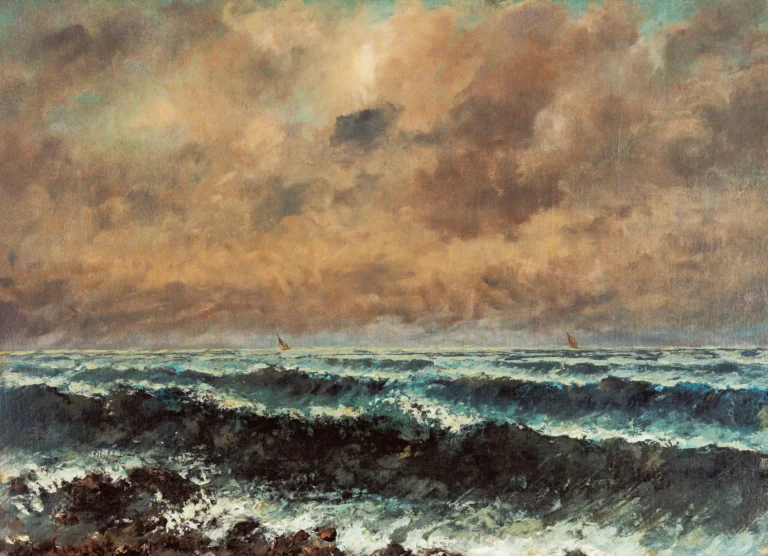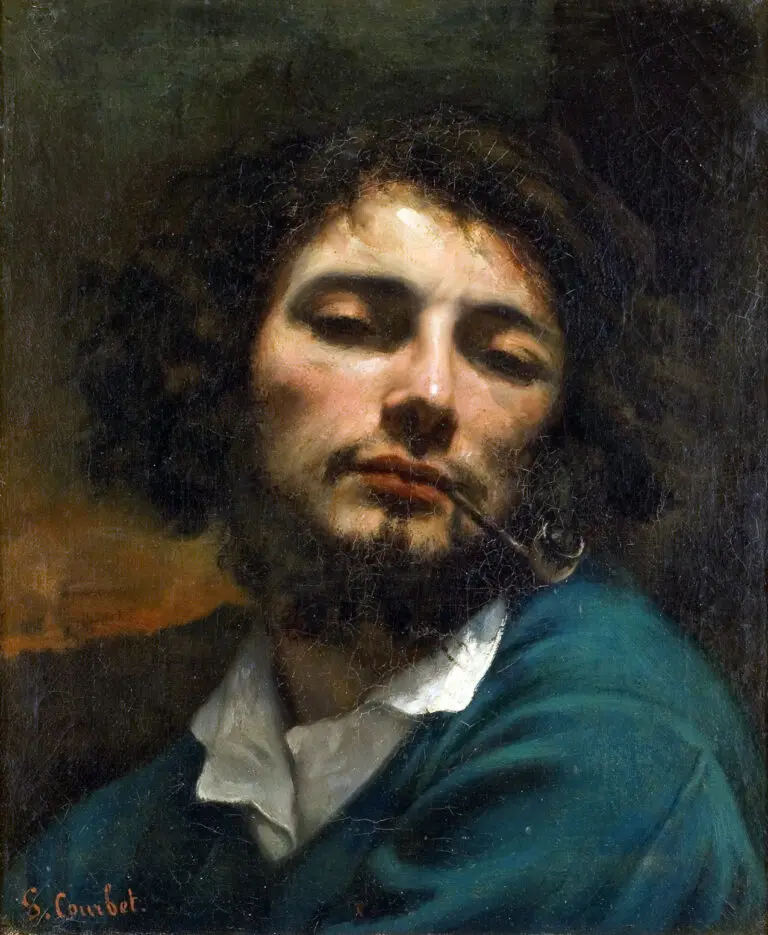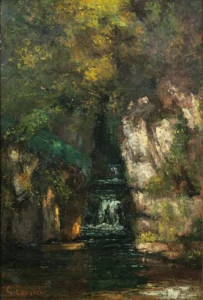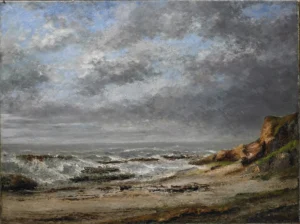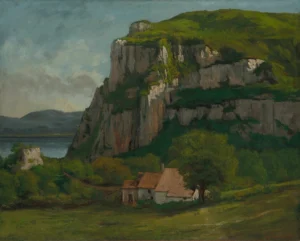Autumn Sea
Created in 1867, Autumn Sea is a stunning oil on canvas painting by French artist Gustave Courbet. Known for his revolutionary Realist techniques, Courbet's work captures natural scenes with an emphasis on realism, steering clear of idealization. Measuring 540 x 730 mm, this piece embodies the artist's unique style characterized by a rough handling of paint. It resides in the Ohara Museum of Art in Kurashiki, Japan, where it continues to inspire and attract art lovers.
Year 1867
About the Artwork
Gustave Courbet's Autumn Sea was painted during a pivotal time in his career, a period when he was deeply engaged in the Realist movement. Courbet was renowned for his defiance against the traditional academic styles of his time, seeking instead to depict the world as he saw it. In Autumn Sea. he manages to distill the essence of nature, showcasing the dynamic interplay of light and water. While it may lack the socio-political commentary of some of his other works, the painting reveals Courbet's profound connection to nature and his mastery of capturing it with raw, unrefined beauty. The painting invites viewers to reflect on the changing seasons, capturing a moment in time that resonates with the transient nature of life.
Did You Know
Gustave Courbet is often regarded as the father of the Realist movement, and his bold approach to painting greatly influenced subsequent artists and the direction of modern art in the late 19th and early 20th centuries.
The Autumn Sea painting is currently housed in the Ohara Museum of Art in Kurashiki, Japan. This museum is notable for being the first museum in Japan to specialize in Western-style art.
In addition to Autumn Sea, Gustave Courbet is known for other iconic works such as ‘The Stone Breakers’ and ‘A Burial at Ornans’, which tackled social issues with unflinching realism.




